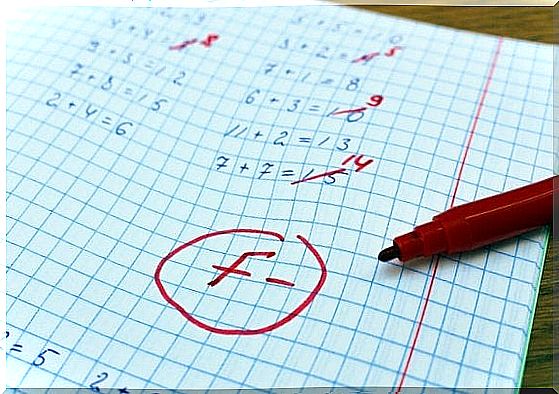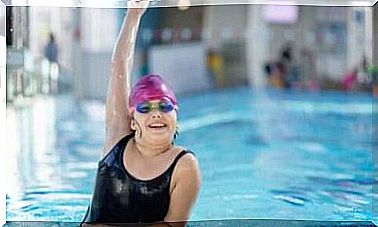Use Of Reward And Punishment For Grades

The effectiveness of reward and punishment in the world of education is an ongoing debate among parents. This is because both tactics give children different kinds of motivation, which is not always effective. In this article, we will analyze whether it is good or bad to use reward and punishment for grades in school.
In general, we know that reward and punishment can change an individual’s behavior. However, the use of reward and punishment comes with the danger that character-focused learning goes against the basic meaning of learning.
The purpose of learning will be to achieve good grades and rewards, not to master the material. As a result, one does not seek innovative and inventive solutions to difficult problems.
Prizes and punishments are used as incentives to help children reach their goals. On the other hand, rewards are a positive way to shape their behavior. If someone does something good, we praise him or her for it.
On the other hand, penalties are the opposite of prices, and they are used when someone does not meet the appropriate targets.
If a child gets a bad grade in school, in addition to having no benefit, the child receives a punishment. For example, he may get fewer hours outside or have to study during the summer.
Reward for grades
Many parents want to keep their children motivated. Therefore, they use rewards to encourage young children to get good grades. Prizes can be offered in several ways, either as a gift or extra playtime.
In most cases, both parties have to agree on the rewards. The goal is to encourage the child to achieve certain goals.

While it is true that rewards motivate students to get good grades, there is a risk that rewards will be the only motivation.
Therefore, if you choose to use rewards for the grades in school, make sure they are not exaggerated. Moreover, your child needs to understand that the true success is in gaining knowledge.
According to the rewards, keep in mind that it is better to give intangible rewards that children value. It’s more realistic according to what they would get in the real world. For example, being allowed to do something in exchange for a good job or a positive attitude.
Punishment
Parents use punishment when children do not follow the agreed rules. This means that parents set up guidelines at the beginning of the year. Next, they list the penalties if the child does not follow the rules or achieve certain goals.
Punishments or consequences usually involve depriving the student of something he or she enjoys. It aims to talk the child from repeating the bad behavior.

Therefore, the fear of punishment causes children to follow the clearly articulated rules. Mentioning these punishments causes them to behave properly. However, in some cases, fear can cause the student to work only to survive. He will not work to reach his full potential.
Consider the fact that punishment for bad behavior should always be realistic, logical, and effective for each age group.
Finally, do not forget that rewards and punishments should end once children have gained self-control. It’s not easy, nor does it happen overnight. However, ideally, it should be reduced as the child gets older.
Our advice is always to talk to your child. Explain why you use reward or punishment according to the grades. After all, learning is the most valuable thing you can offer.








